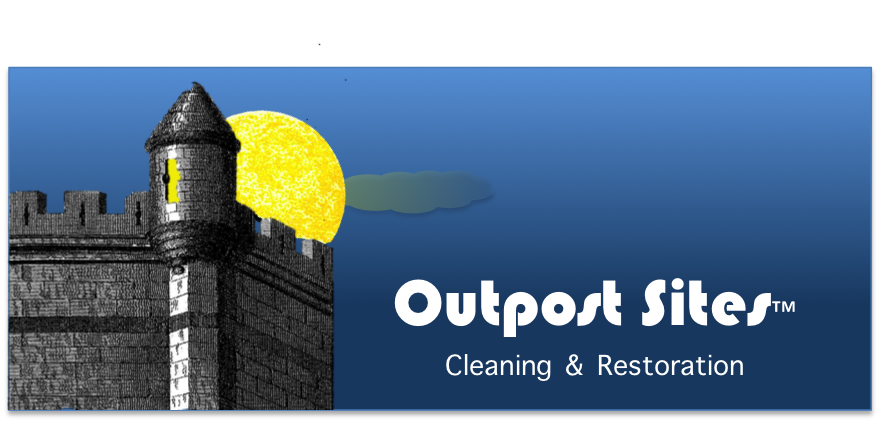|
Where There’s Mold…
Where there’s mold, there is usually an underlying condition that you must discover and remediate, and quickly. Mold occurs because of conditions that allow it to grow, and some types of molds are tenacious. Recently, we considered the difference between mildew and mold and what the EPA has to say about what we need to know. And while the cleanup of mold and mildew may seem basic at times, there are situations when removal and cleaning can be challenging to tackle. Here are some important points to consider and remember… to play it safe means consulting and usually hiring a professional mold remediation company. Toxic or non-toxic? Mold is a common problem and as a fungus it can appear in different areas for many different reasons. Usually because of a dark, moist condition. But just because you find mold doesn’t mean it is necessarily toxic. After all, everyone has different reactions to substances. What may be harmful to one person may not be to another. But always be safe and when cleaning up mold, wear gloves, a respirator, and proper personal protective equipment that a mold remediation expert would recommend. Most molds Most of the time, the mold you find, such as in a bathroom, a windowsill, or other common areas, can be easily cleaned. It is unlikely you will call a mold remediation expert to take care of the mold growing on the grout in your shower. Just be safe and wear a mask and gloves, and use products designed for removing small amounts of mold. Mold is a type of soil. It’s organic growth. No need to panic, just be smart about cleaning it up. After all, if you were in the garden and saw some mold, you wouldn’t run screaming into the house. Simply applying a cleaning product for mold and mildew removal, scrubbing and wiping it up, completely, often fixes the issue. But sometimes, the mold has grown into surfaces, such as baseboards, walls, or even the subfloor that you discover as you replace flooring material. When that occurs, removing and replacing affected areas is often the best solution. Hiring a pro If the mold appears significant, and you have some doubts on removing it, it’s best to call a professional. A mold remediation company utilizes technicians who are trained and have experience in safely removing larger amounts of mold, or the types of mold that are known to affect more individuals with mold allergen sensitivities. Who pays for all of this? Sometimes, your insurance company, if the cause of the mold is from a water damage situation. Talk to your favorite restoration company about all of this. After all, it pays to call a pro! Should You Test for Mold?
Recently, we discussed mold that can be found in unlikely places, such as in the bedroom, bathroom, and the kitchen. After all, most report mold in basements or crawlspaces, but mold can actually grow virtually anywhere. There is one thing we can all agree on. You do not want hidden mold growing in your home. If there is mold somewhere, anywhere, with the potential of causing health issues with your family, you want to know about it so you can remove it and keep everyone safe. The United States Environmental Protection Agency (EPA) has much to say about the need for mold testing. “In most cases, if visible mold growth is present, sampling is unnecessary,” according to a statement on the EPA website. And what the EPA says makes sense. If you can see the mold, you do not need to take samples and run tests because you know the mold is there. The professional restoration company that removes the mold will figure out what type it is and proper procedures for your specific case. But what if you can’t see the mold but you feel something is there? Then it’s time to engage mold sampling and testing. According to the EPA, surface sampling may be useful to determine if an area has been adequately cleaned or remediated. Who should do it? Sampling for mold should be conducted by professionals who have specific experience in designing mold sampling protocols, sampling methods and interpreting results. Sample analysis should follow analytical methods recommended by the American Industrial Hygiene Association (AIHA), the American Conference of Governmental Industrial Hygienists (ACGIH), or other professional organizations, says the EPA. Regulations and guidelines Standards or threshold limit values (TLVs) for airborne concentrations of mold, or mold spores, have not been set. Currently, there are no EPA regulations or standards for airborne mold contaminants. But if you have mold, you no doubt aren’t driven by regulations or guidelines, or lack thereof. You want to know if there is mold and if there is, what you can do to remove it. One option is to purchase a do-it-yourself mold testing kit, something that you test surfaces with and send in for testing at a laboratory. Another is to contact an industrial hygienist who is an expert with issues such as this, and have professional testing conducted. No matter what you do, if you do have mold growth, do the right thing. Turn the work over to your favorite restoration company. After all, it pays to call a pro! Is It Your Decision?
No matter the time of year or the season, flooding can happen to any home or business. When it does, the immediate thought most have is, “Who is going to pay for all of this?” Most then call their insurance company, since events like flooding is why insurance is purchased in the first place. For some reason, many flooding issues occur at night or on the weekend, when your local insurance company is closed, if you have a local agent. You call, leave a message, and wait. And wait. They may never call you, or at best call you when you are solidly in panic mode, and the reason may be because they aren’t the ones to handle your claim in the first place. They sell the insurance. They may not service the insurance claim. Most likely, you need to call a national emergency hotline number. You should always have that on file and ready just in case something happens to your home. When you reach your insurance company, or at least the part of it that makes decisions on paying for the repairs, you may be told to use a specific contractor, a local firm the insurance company has a special relationship with. It may not be the company you want to use. But always remember this: It’s your decision who you use to work on your home. Of course, you may have to fight for your rights. This being said, using the contractor recommended by the insurance company may not be a bad idea. That company may be completely qualified and know exactly what your home needs to get back to pre-flood condition. But no matter what, it’s your decision. Getting references and looking at reviews should always be a priority when hiring a contractor to work on your home. Be sure to document everything, including the time you spend on cleaning up the mess. Take pictures. The more documentation and pictures you have, the better you can negotiate how much of the damage will be covered by your insurance policy. You will have to pay the deductible, but often the time you spend and the resources of your own you use to work on the flood is credited to you. It’s a conversation to have with your insurance company and your contractor. No matter what, though, do the right thing. Call your restoration company immediately when a flood occurs. After all, it pays to call a pro! Inspections that Prevent Restoration Efforts
As we look at spring in the rear-view mirror of life, it’s time to think about what a tough winter and spring season may have had on our home. Now is the perfect time of year to take a stroll around your home and see how things look. Yes, you may have already put in a few plants and run the lawn mower a time or two, but have you really looked closely at the exterior of your home? What you may discover — and subsequently repair — will keep the weather elements outside and your home safe and snug inside. Go ahead, put on your shoes and head outside. Scroll around the house. Here’s what you should look for. Roof Stand back and really look, even with a pair of binoculars. Do you see any shingles or other roof materials popping up a bit? Look at transition areas. Any damage you see just might be covered by insurance, especially if there was a recent windstorm. Any damage should be repaired immediately before you suffer from water intrusion. Roof damage is really serious business. Gutters Freezing temperatures, age of the gutters, and the elements can take their toll. Get underneath the gutters and look up. Do they pull away from the home? Look for daylight between the gutters and the roof. You don’t want to see that. And the next time it rains, grab an umbrella and take another tour outside — except when there is lightning! If any water is spilling out the side of the gutter, it’s time for a closer look. Siding Standing at each corner of the house, look along the side. There are many types of siding materials but what you want to look for is anything wavy, not flat like it should be, and perhaps pulling away. This might mean a repair job is in order, and you should do it before the next storm. Caulking Around windows, doors, and ventilation pipes, the caulking should be in good condition, not cracked and damaged. Caulking can easily be replaced but be sure to purchase a caulking product intended for your purpose, such as one that can withstand outdoor elements and wind/rain. The experts at a home improvement store can point out what’s best for your situation. But no matter what happens to your home during any type of storm, you have professionals ready to help. Do the right thing and reach out to your favorite disaster restoration company. After all, it pays to call a pro! What the EPA Says About MOLD
When the United States Environmental Protection Agency, or EPA, speaks… most of us listen. And the EPA has much to say about mold, which can affect health in minor, irritating ways (slight respiratory issues) to severe life-threatening reactions, resulting in medical care and the unthinkable. Here are the edited highlights from the EPA.gov site, along with our own thoughts, that all households should consider. Of course, the EPA recommends that everyone should fix plumbing leaks, water intrusion issues, and keep all interior surfaces clean and dry at all times. If you do this, mold should not be an issue. But if it happens, here are some tips. Mold cleanup Who should do the cleanup? There are a number of factors. First, consider the size of the mold problem. If less than 10 square feet, you may be able to handle the cleanup yourself. However, with water damage and mold growth more than 10 feet, consult an expert. And there is no way to know 100% if even a small amount of mold could have an adverse health effect on you or those you care about. HVAC and air conveyance systems Don’t minimize the impact that mold can have in your ductwork or other air conveyance areas. Hidden mold may be out of sight, but it should be taken seriously. Slight musty odors should trigger an investigation. Get your duct work inspected immediately and have the work done by a professional. Restrooms, shower stalls and more Mold is normal in some areas, like in the corner of a shower stall. Don’t panic. Just clean it up. But if you need help, hire a pro. A very small amount of mold is no doubt fresh and can be easily removed. Hiring a pro If you decide to contact and use a disaster restoration company or a mold removal service, be a smart consumer and check their references and credentials. There are many “companies” that claim to be experts in mold removal, but they are far from qualified. Do the right thing with mold. When you know you have it, you should know how to get rid of it. The easiest, best, and safest way is to let a disaster restoration, water damage, or mold remediation company do the work. After all, it pays to call a pro! ‘Do Not Do’ Activities After a Water Damage
Broken pipes, leaky roofs, plugged up drains, wind-driven rain, and other issues can strike at any time, especially during spring weather. When water intrudes, you want to clean it up, and fast. Most homeowners call their favorite disaster restoration company, but while they wait, they find it very difficult to do nothing about their unfortunate situation. Some may attempt to vacuum up the water, get out all the fans, rip out wet sheetrock, and other tasks that need to be handled — at least in the minds of those affected by a disaster. It’s really tough to sit by, wait, and do nothing in a situation like this. But often, that’s exactly what you should do. Nothing. Make the phone call to your restoration company and get their advice and wait for them. With this in mind, consider these definite “do not do” activities in the event of a water damage situation. Do not vacuum up any water with an ordinary vacuum cleaner (yes, it’s been done and not with good results) and it is best to avoid even a wet/dry vacuum. If you must do some water extraction yourself, make sure it is a professional grade piece of equipment, such as something you might rent, as there are safety considerations to keep in mind — such as avoiding electrocution. Don’t use electrical appliances, even ordinary ones that might seem harmless, when in the vicinity of flooded areas. Make sure any power cards are properly grounded in your home. Don’t go into heavily flooded rooms if you can, don’t walk on wet carpet or through flooded areas, such as a basement. Again, the electrical issue can be a factor. If the flooding is limited and you simply have a squishy carpet, you may be able to move around the home, but only after you have made certain power is turned off in affected areas and there are no safety concerns. Don’t start pulling apart building materials, such as sheetrock, or removing carpet, as you might make a bigger mess that will make more work for the restoration company that is on its way. Small injuries can quickly become infected injuries. Don’t wait! Disaster restoration companies work 24/7, 365 days a year. It’s the nature of disaster work. Do the right thing, and give your favorite restoration company a call the minute disaster strikes. After all, it pays to call a pro! Pipes that (Usually) Freeze First
When pipes freeze, they create havoc that is time consuming and expensive. Your home is full of all kinds of pipes, including fresh water pipes that supply your bathrooms, kitchen, laundry room, and more. These fresh water pipes are under pressure, and if they freeze up, they can burst and create a huge mess that must be cleaned up quickly. You might have heard some say that hot water freezes faster than cold water. If you do a quick Google search, you will see all types of references to this topic. You might have seen videos of people throwing hot water up in freezing air and it freezes instantly, creating ice crystals. But no matter what you personally believe, one thing is accepted as true among many disaster restoration professionals: Hot water pipes freeze and break faster than cold water pipes. This statement isn’t based simply on water temperature. It’s based on the makeup of the water, and some studies show that hot water contains more dissolved gasses, and those chemical particles crystalize first. Many restoration professionals will tell you that they have been on many water damage jobs where the hot water pipe was broken and spraying water, while the cold water pipe was fine. And at the same time, many have experienced hot water spigots doing nothing while their cold water companions, just within inches of each other, work just fine. There are many articles about what is called the “Mpemba” effect, that warm water freezes faster than cold water. While it makes for interesting reading, the main takeaway for you is to make sure that no pipes in your home ever freeze. You can do this with some planning. The best solution is to make sure your pipes are wrapped with heat tape or insulation, combined with ensuring no cold drafts are allowed into walls or cavities in your home. Another preventive step to take is when the temperatures really dip into the sub-zero range, and especially if you have had pipes freeze in the past, consider allowing them to drip during extended times of not being used. Yes, this will run up your water bill a bit, but it is definitely cheaper than a devastating pipe break and resulting flooding. But if the unthinkable does occur, and a pipe breaks and damages your home, do the right thing. Call your favorite disaster restoration company. After all, it pays to call a pro! Prepare for Spring Flooding
At the end of every winter, we might forget about the previous spring rains and subsequent flooding that might have occurred in the area. But when unrelenting rain starts to fall, one thing you don’t want to experience is regret in not being prepared, whether it is from leaks related to your roofing, windows, or the possibility of a flooded basement. While those might seem like minor issues, when they happen to you, they quickly move up to disastrous. Making sure your home is safe, secure, and devices like your sump pump (if you have a basement) are in good condition. But when heavy rains hit your area, and flooding is a possibility, the website ready.gov has some great advice for your preparedness plan. Make a plan This is important to do in advance, as when an emergency strikes you will be in panic mode. Have a discussion with family members, about what you will do, where you will go, where you might meet up if separated and mobile phones are not working. Be sure to discuss your pets as well and have a plan for them. Human life is invaluable, and we feel the same way about our pets. Have a written list of important phone numbers in case your cell phone loses charge or isn’t functioning. Build a ‘go-kit’ Have the necessities in a backpack or other easy-to-grab bag. Necessities include documents, such as birth certificates, passports, legal documents, and other papers you should not lose. Having some cash is important in the event credit cards can’t be used. Clothing, medications, and other necessities should also be in your ‘go-kit’ supplies. Basically, think about what you simply can’t go without for several days if you have to be out of your home. Check your insurance policy Now is the time to make sure you have coverage for natural disasters that might strike your home. Don’t assume. Ask your insurance agent and make sure you have it spelled out clearly in your policy. Not all natural events are covered by regular homeowner policies. But if the unthinkable does happen to your home, and it becomes damaged by any disaster event, do the right thing and get it all fixed quickly — and safely. Doing the cleanup yourself can expose you to future potential hazards. Call your favorite restoration company. After all, it pays to call a pro! |
PRECISION DRY LOUISVILLE KY
Call 502-212-2096 Archives
October 2021
LOUISVILLE KY CLEANING OUTPOST SITE
|
Would you like to get your own OutPost Site? Cleaning and restoration firms who are MarketingZoo.com members get
|
CleaningOutpost.com Directory of Cleaning & Restoration Businesses is a service offered by MarketingZoo.com
Copyright 2015 Thinkshortcut Publishing, LLC
Copyright 2015 Thinkshortcut Publishing, LLC
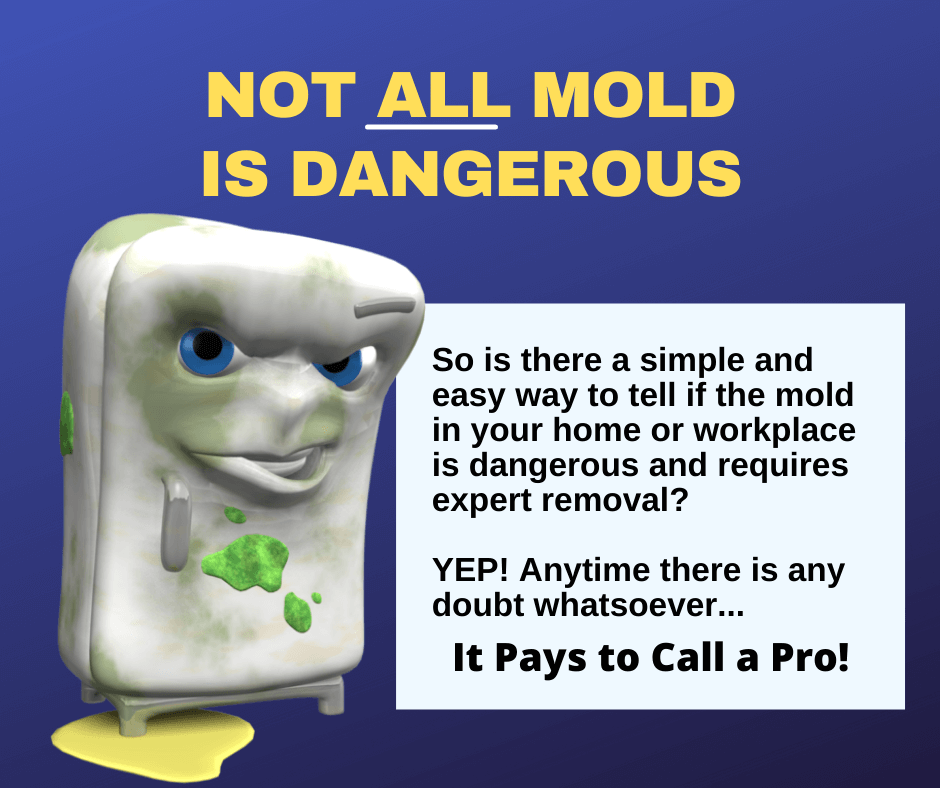
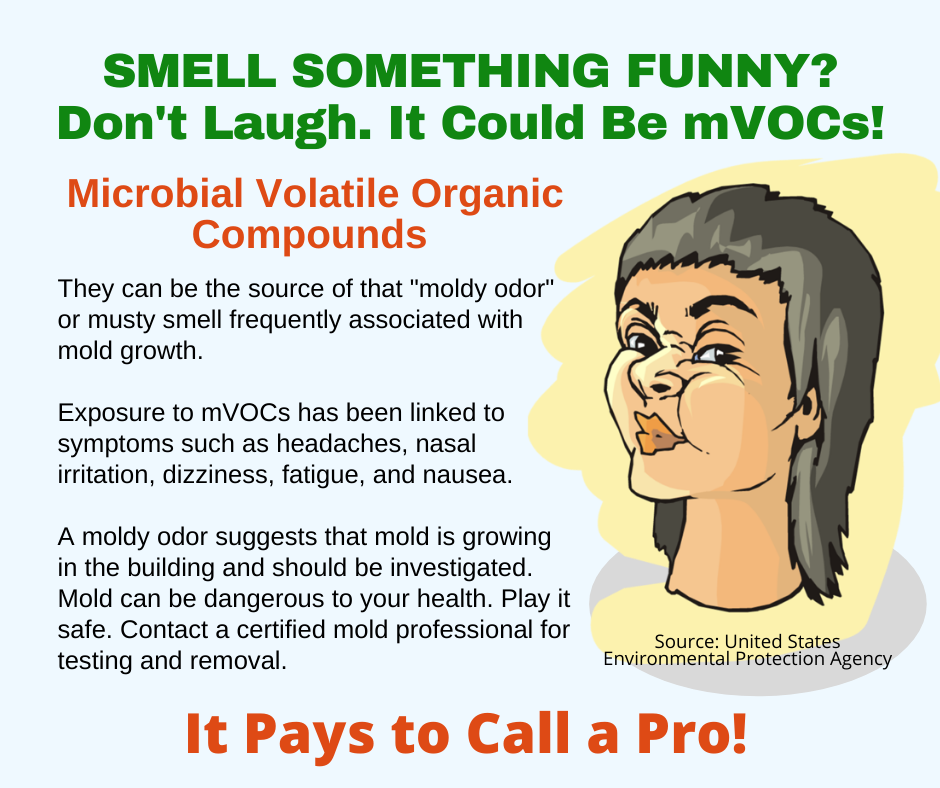
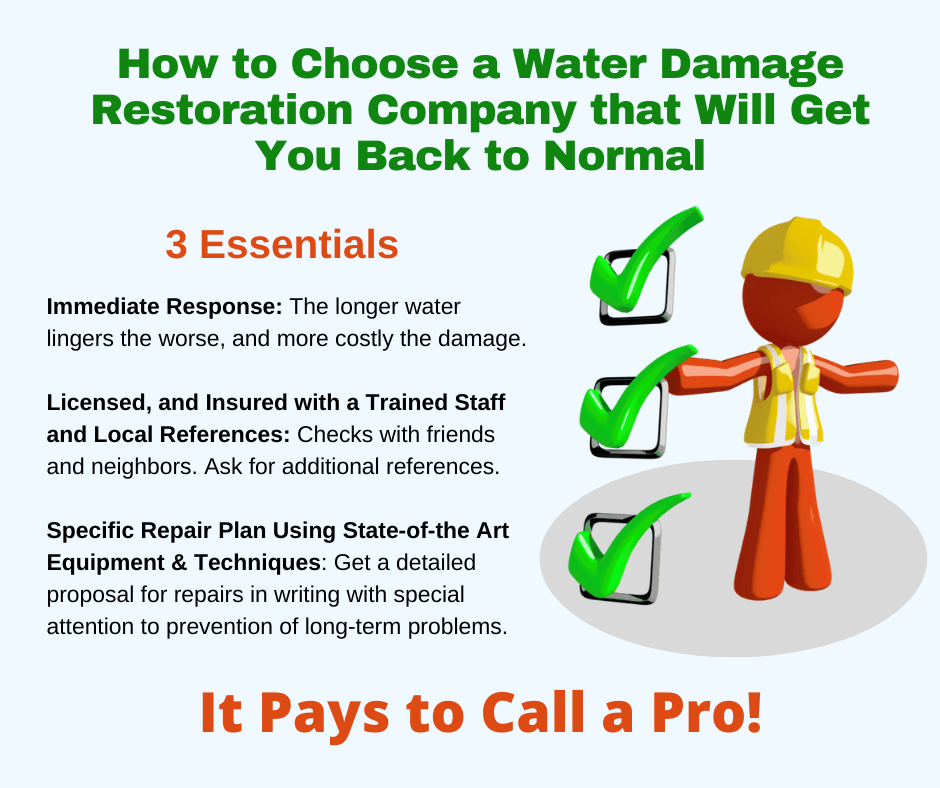
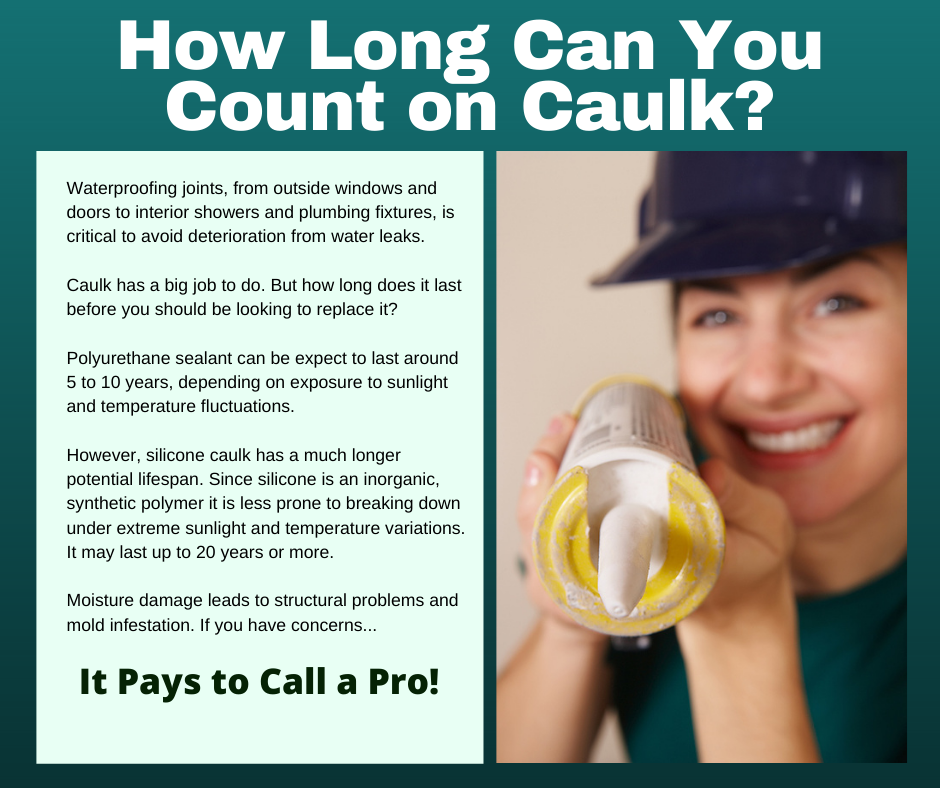
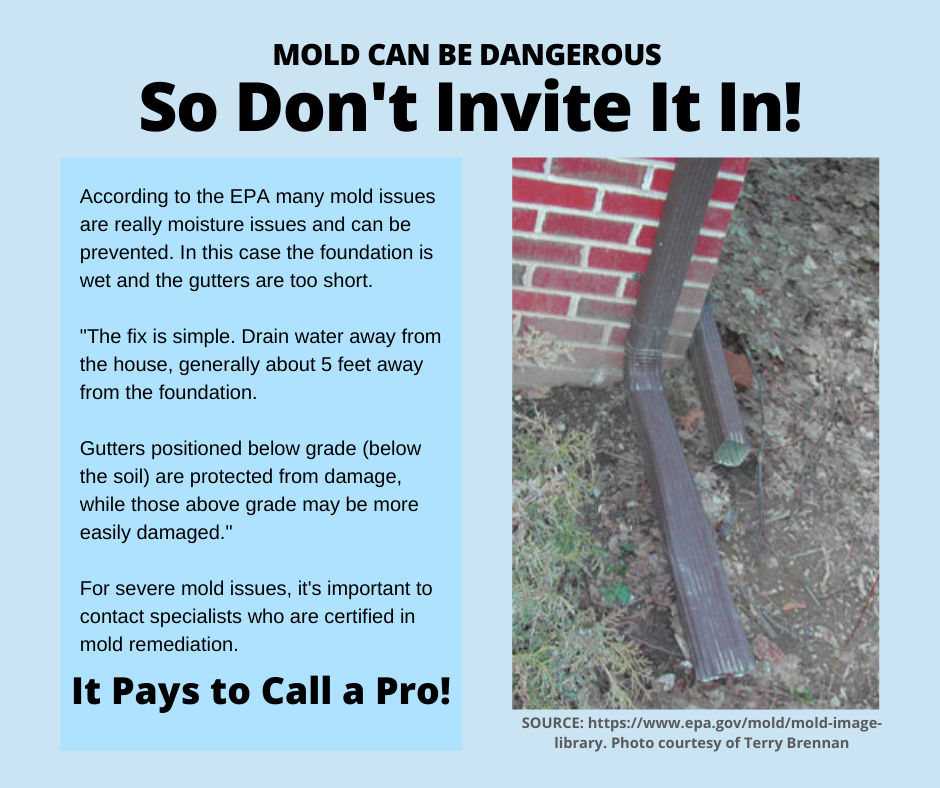
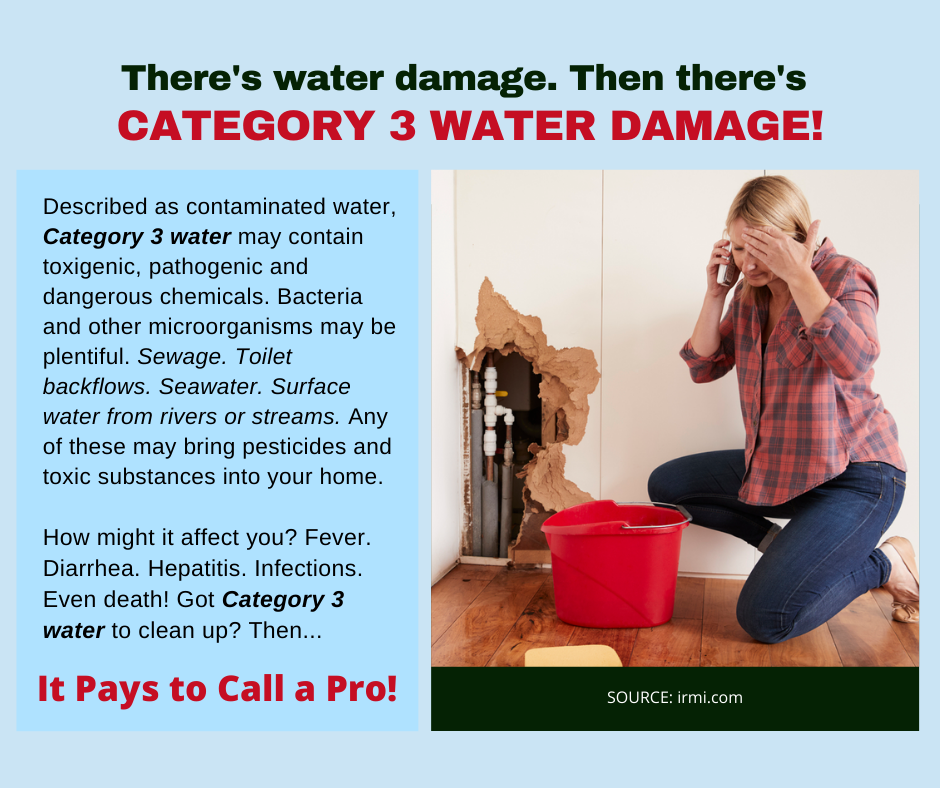
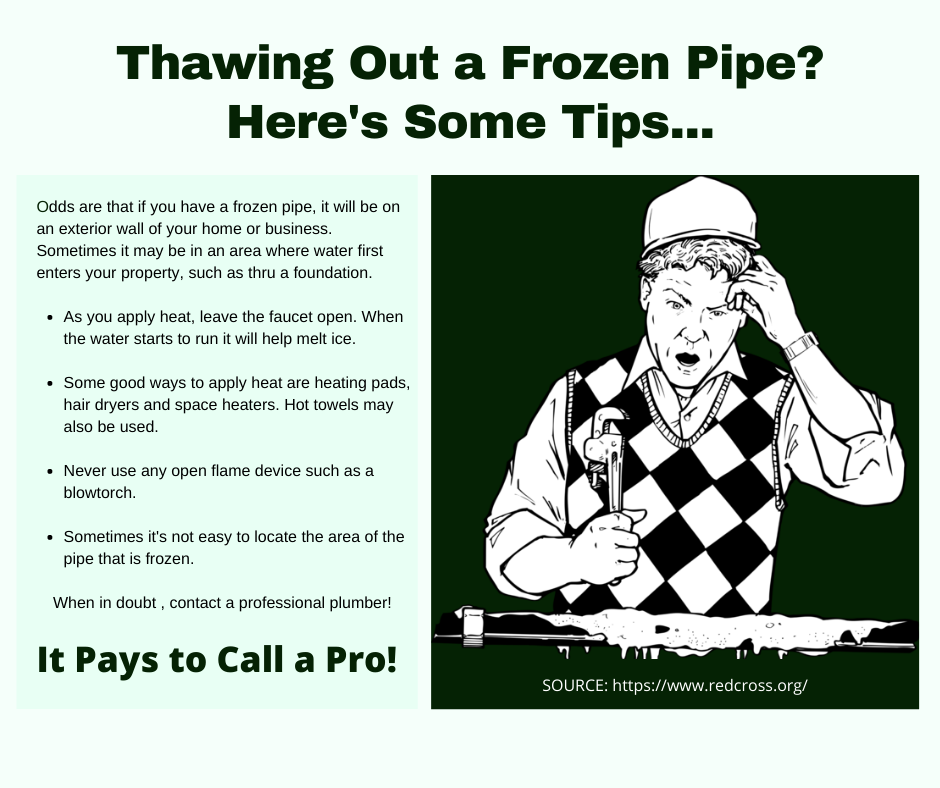
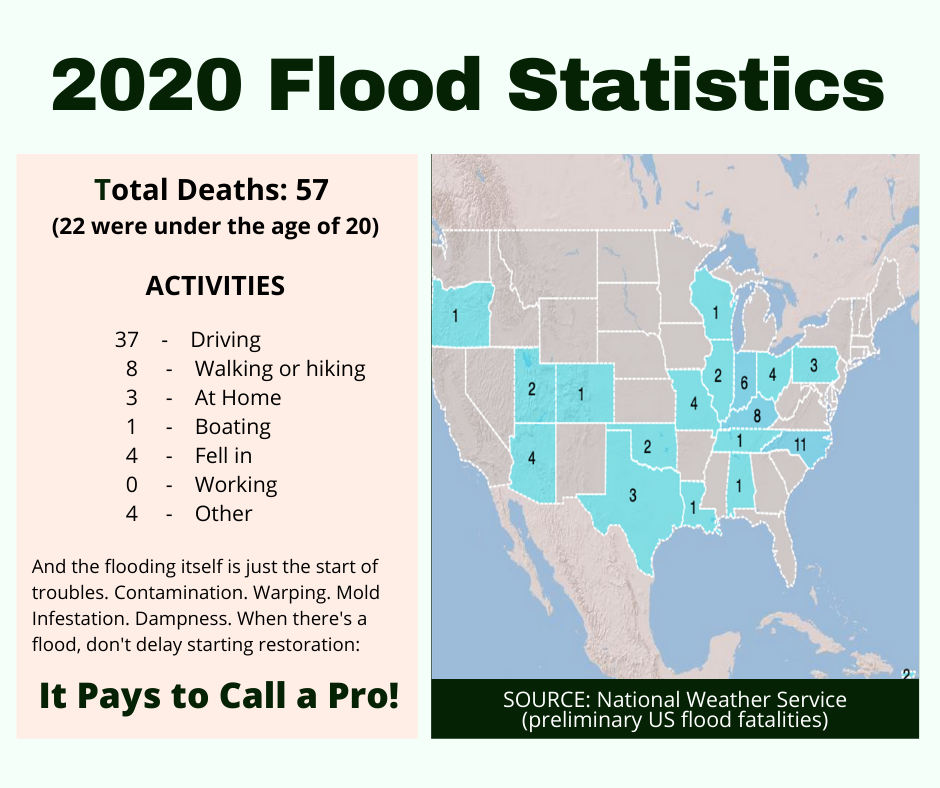
 RSS Feed
RSS Feed
